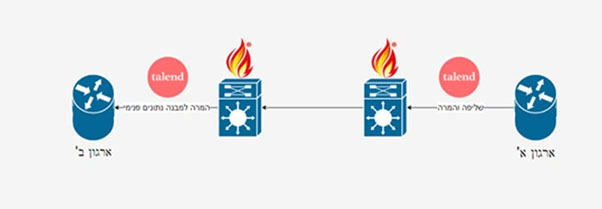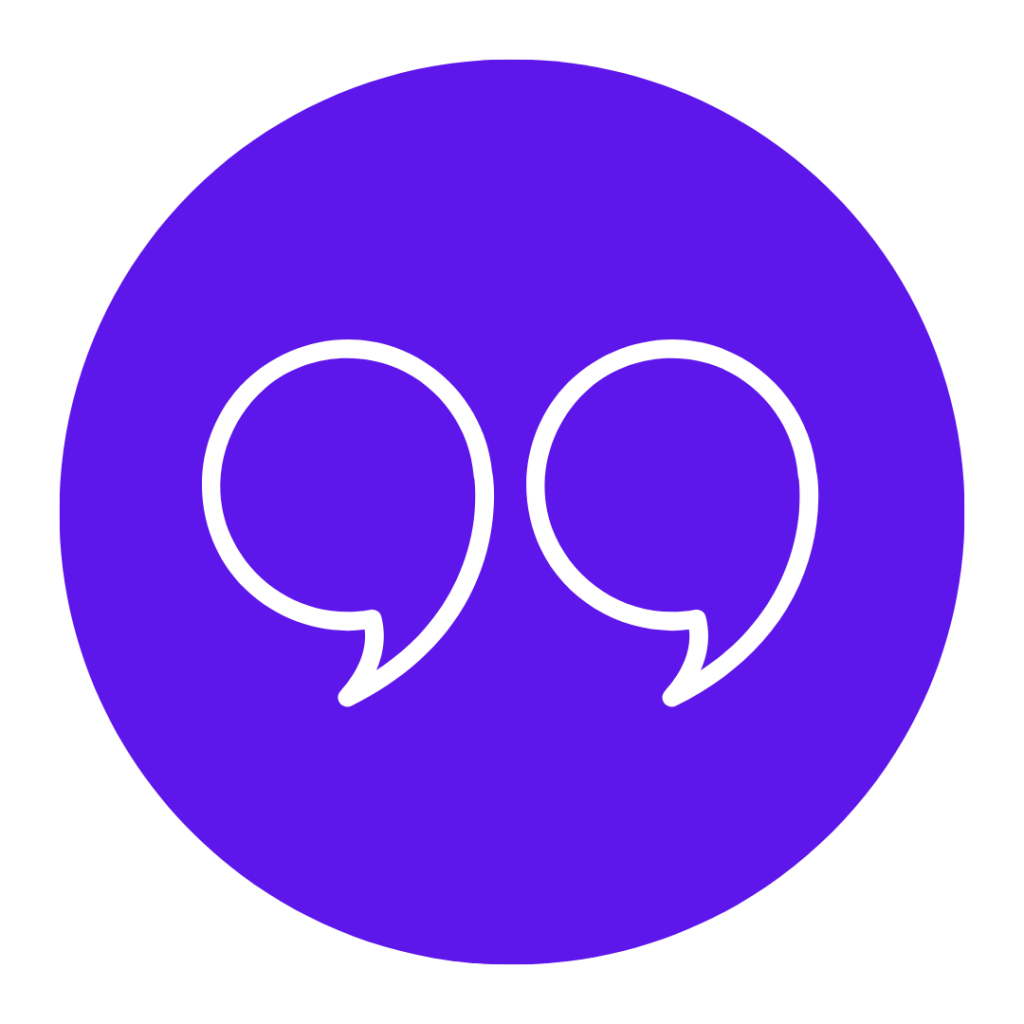As always, an end-to-end solution is required and just establishing a unified standard. To complete the revolution and fully enjoy its fruits, healthcare providers need to integrate an automated exchange tool that can handle any kind of data.
The biblical story of the Towe of Babel describes a world where everyone spoke the same language, which helped to cooperate with the purpose of building a tower that would reach the heavens. The end of this biblical story is that God confuses the people by making them speak different languages, thus creating a problem with communication among different groups. This resulted in each group detaching itself from the others, and people were scattered in every direction.
We, health organizations’ computer professionals, are in a state of confusion: we speak different languages, and it’s hard for us to understand each other and cooperate, just like it happened with the Tower of Babel. With the absence of a unified language among medical organizations, it’s obvious that thousands of hours were invested in the development of every interface for each organization.
For example, we’ll examine a case where a health fund needs to create interfaces for hospitals to share a medical file that includes test results, hospitalizations, and medical history. In this case of confusion, the fund needs to develop a unique interface for each hospital and define the data structure so that when it’s sent, the other end will understand it, and the other end needs to convert the received data into its own data structure so they can read it.
And indeed, when the Covid-19 pandemic broke out, the ministry of health built a tremendous interface system that took care of receiving test results from 50 different bodies, including health funds, labs, MDA (Magen David Adom), IDF, and more. On the other hand, it also sent data to dozens of bodies like the police, health funds, border control, and more.
During Covid, Israel’s healthcare leaders realized that a unified and international standard is needed to enable data exchange between Israeli and international health organizations. This will enable receiving and sending data in a steady and unified structure without the need to build designated interfaces or convert data that arrives in a different format from the one the organization uses.
In order to deal with this challenge, the ministry of health declared the FHIR standard to be the unified interface among all health organizations and financial institutions. But integrating this unified standard is not enough to improve data exchange from one health organization to another because when data arrives in the FHIR format – the health organization needs to convert the data into its own format, so a lot of time and resources are spent on manually writing conversion interfaces. To complete the revolution and fully enjoy its fruits, healthcare providers need to integrate an automated exchange tool that can handle any type of data.

These days, the Israeli health system is adopting the existing FHIR international standard.
Talend Data Mapper
Talend company already supports the standard and automatically incorporates it in its data management solution.
Talend Data Mapper is one of the components Talend’s platform offers. This component’s power lies in its record-processing ability. It enables organizations to map data records and complex documents and to perform transformations. Among other things, the Data Mapper enables converting and filtering records, creating input and output structures, and exchanging illegal values.
From Talend Studio’s mapping perspective, it’s possible to create and define a map by dragging and releasing the data from the input structure to the output structure. For a more advanced mapping, it’s possible to create expressions based on functional groups to define the element value.
Talend’s Data Mapper enables one to take apart files and complex schemas, usually found in unstructured data files, into pieces to make them into structured data or vice versa. This ability enables information transfer between health organizations with no limitations. This automated conversion ability is becoming critical because of the ever-increasing amount of data, so when the amount of data gets larger, the more weight an automated tool like Data Mapper has.
What is the FHIR standard?
FHIR standard (Fast Healthcare Interoperability Resources) is the international standard for data exchange in the healthcare system. Using this standard decreases dependency on different service providers enables faster integration of innovation in the healthcare system, and enables the creation of customized services for patients. These days the standard is already supported by some important health organizations around the world, by American regulation, and by so by major technology companies, and has become obligatory in the United States.
FHIR standard is an international data module developed by members of the FHIR community and is supported by standards organization HL7. The module refers to health and administrative data that deals with the patient, the treatment, and the health organization, from the perspective of the patient journey.
HL7’s FHIR module is more than a data module – it’s a part of a paradigm shift regarding health services. It’s a revolution that promotes a treatment concept in which the patient is the center, and the treatment is proactive, customized, and data-driven.
Using a conventional data module like FHIR enables simple and fast cooperation and presents new data accessibility options for the patient – innovations that will improve the quality of service and the healthcare system.
By Yosi Rodrik, CEO of Aqurate

